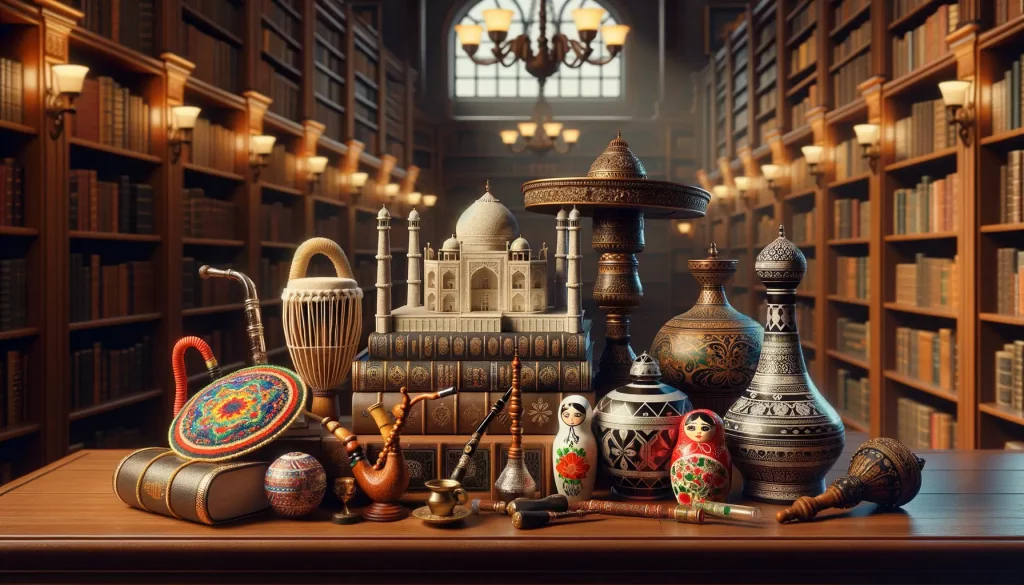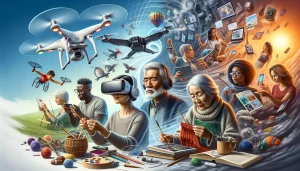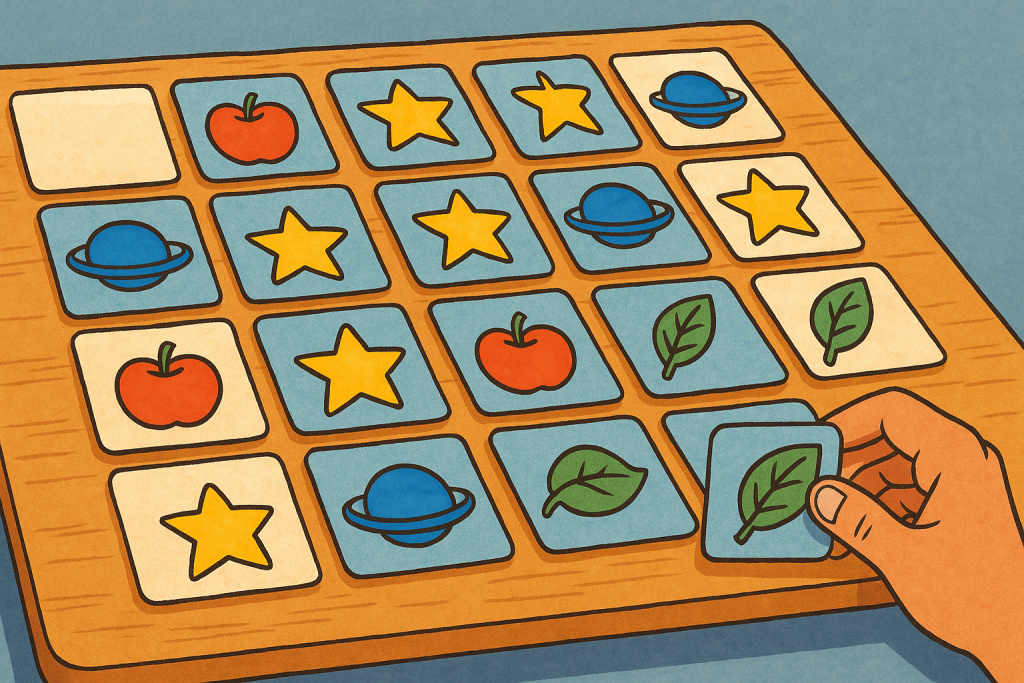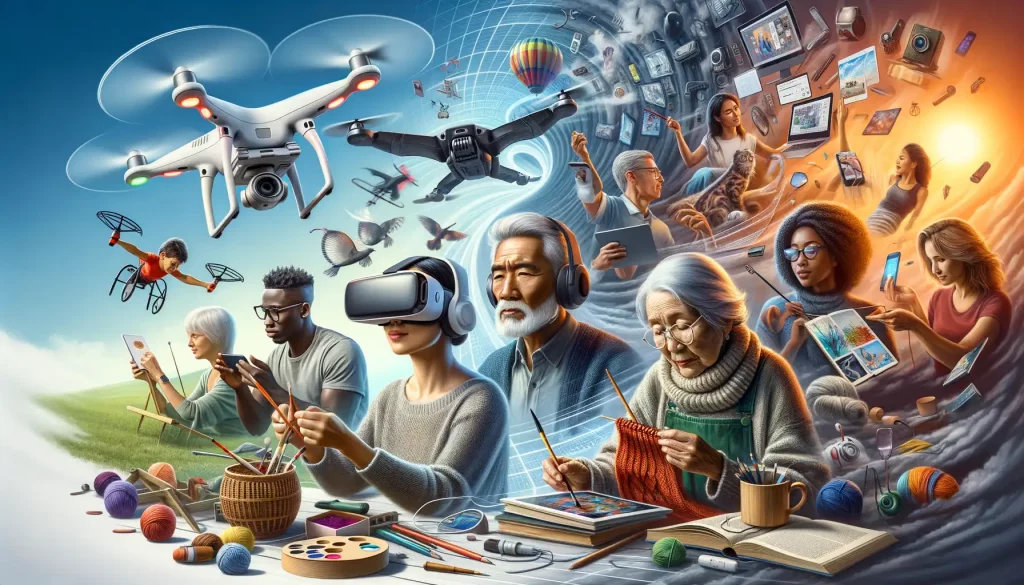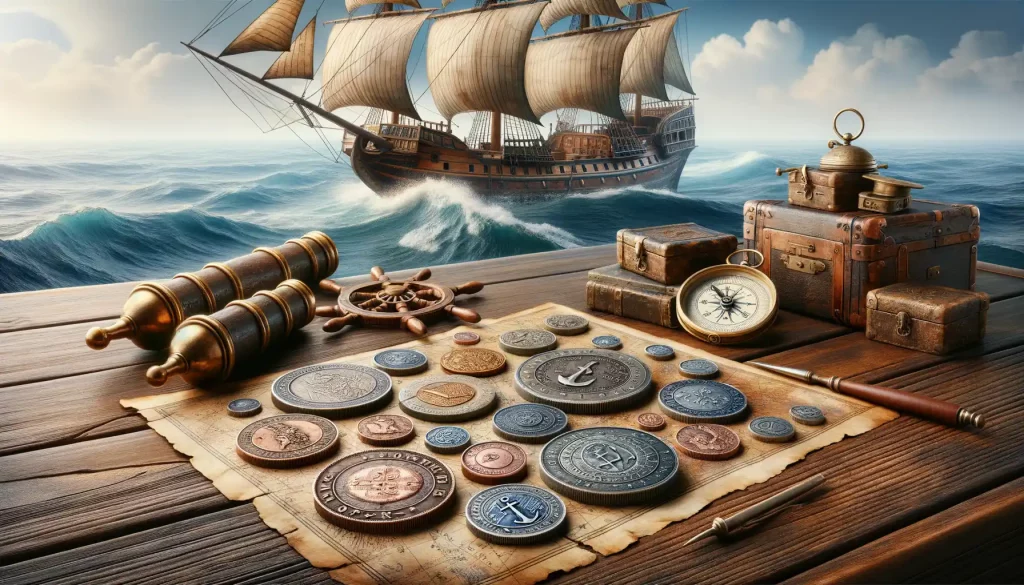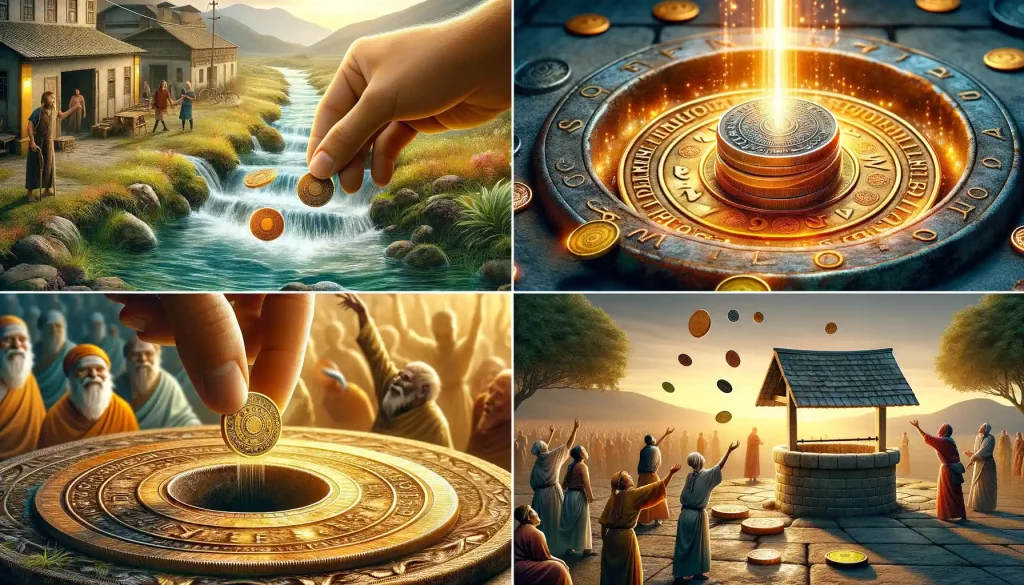Historical Context of Animal Imagery on Coins
Tracing Stories Through Coins: The Animal Kingdom in Historical Currency
Imagine holding a coin minted thousands of years ago. It’s not just metal; it’s a time capsule, whispering tales of empires, beliefs, and survival. Animals have graced coins since ancient civilizations first etched their values into precious metals, weaving nature with narrative in a way words never could.
Take Ancient Greece, for instance. Their coins often featured creatures tied to mythology and divine protection—think of the mighty owl on Athenian drachmas, a symbol of wisdom and Athena’s watchful gaze. Or consider the roaring lions that prowled coins from Lydia, hinting at untamed power and sovereignty. Even the smallest animal carvings spoke volumes about what a society held dear.
- Medieval Europe embraced heraldic beasts like lions and eagles, nodding to royal lineage and authority.
- Meanwhile, in Asia, dragons roared onto coins, embodying strength and celestial energy.
What’s even more intriguing is how these coins were more than currency—they were storytellers. A turtle on a Greek drachma wasn’t just adorable; it signified Aegina’s maritime dominance. Each animal brought life to the silent metal, connecting coin bearers with shared cultural pride.
Coins weren’t just spent; they were carried as symbols of identity.
Symbolism and Cultural Representation
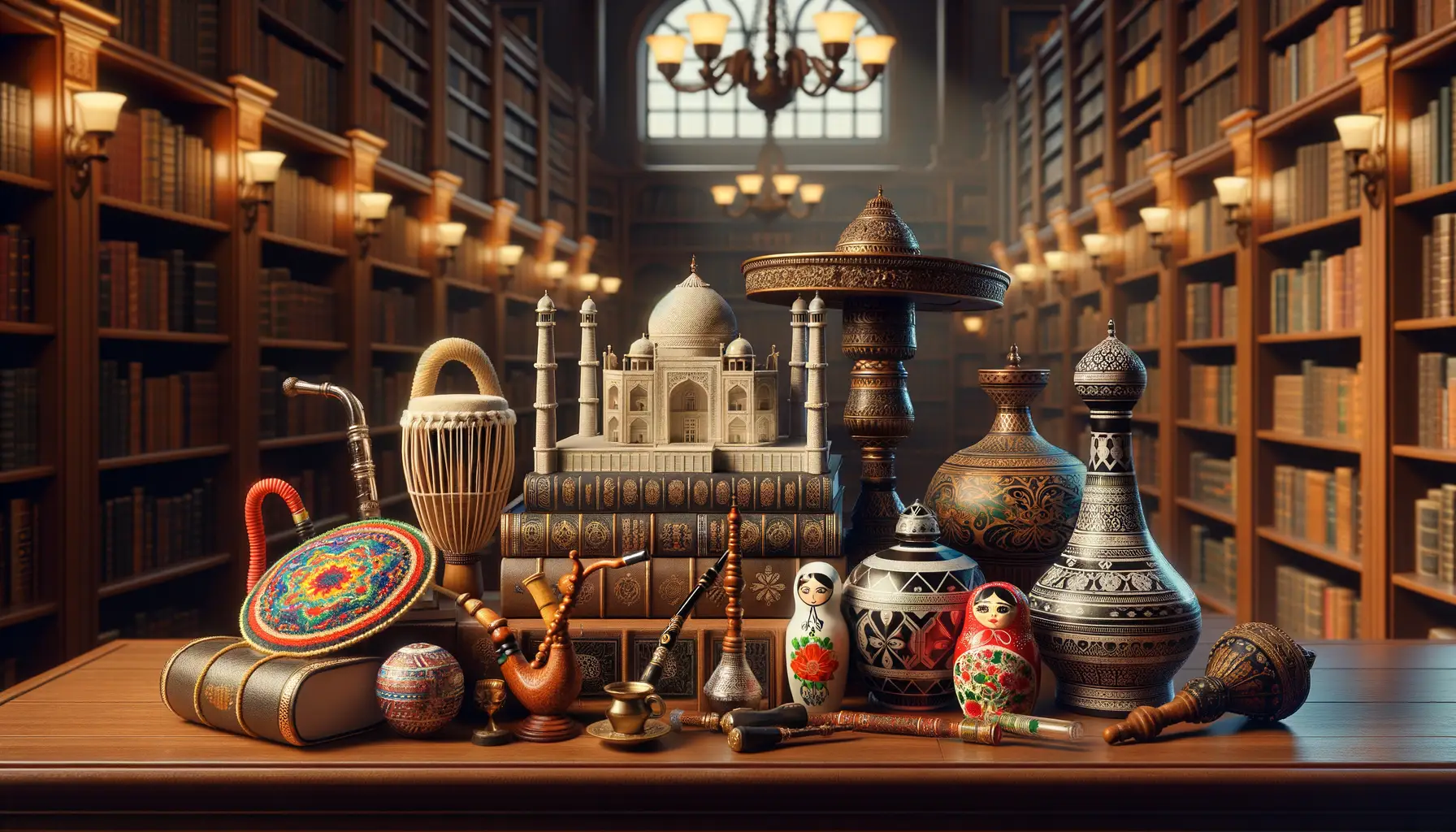
The Language of Animals in Coin Design
Animals on coins are much more than decorative embellishments—they’re messengers. Each creature carved into metal whispers stories of power, reverence, and identity. Across cultures, symbols of animals have danced between myth and reality, uniting entire civilizations under shared beliefs. Think of the mighty lion, often used to portray strength and courage, roaring its way onto coins from ancient Persia to medieval Europe. It’s not just an image; it’s a declaration.
What about birds? The majestic eagle frequently appears on currencies, soaring above as a symbol of freedom and vigilance. And then there’s the humble bull, found on coins from ancient Mesopotamia, embodying fertility and resilience. These designs weren’t chosen on a whim—each selection echoed the heartbeat of a nation’s values.
- Tiger: Power, independence, and passion (seen in Asian numismatics).
- Dolphin: Friendliness and protection in Greek maritime lore.
Beyond the animal itself lies where it’s placed—how it stands, leaps, or crouches. These elements weave emotional tapestries that transcend borders. What story do *you* see when you hold such a coin?
Notable Examples of Animals on Coins
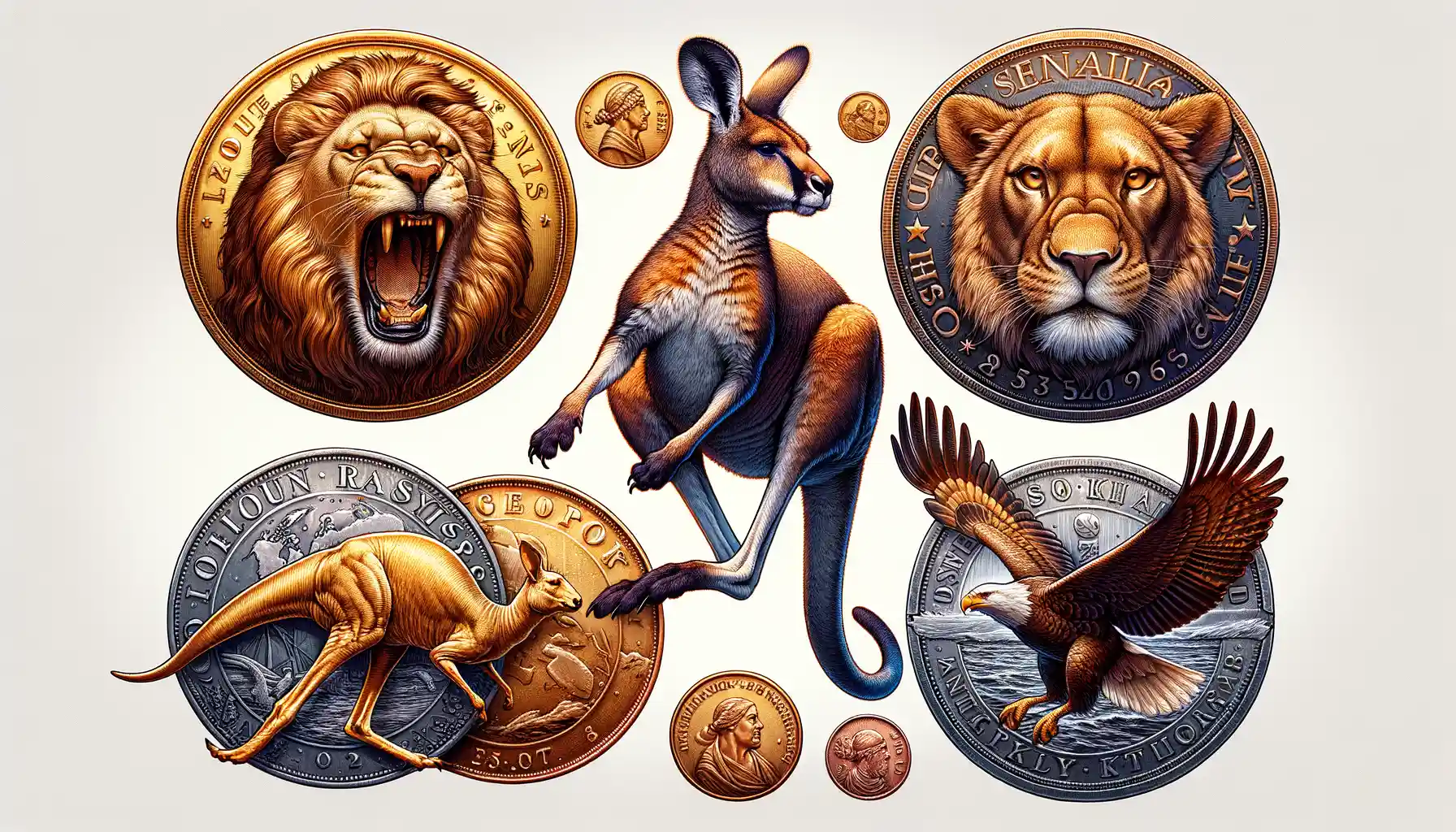
A Parade of Wildlife in Your Pocket
Have you ever noticed the charm of a coin adorned with animals? It’s like carrying a piece of nature in your wallet, a tiny canvas that celebrates the creatures we share this planet with. Take the iconic Canadian “Loonie”, for instance. This one-dollar coin proudly features a beautiful loon gliding across rippling water. It’s more than just currency—it sings the story of Canada’s pristine wilderness.
And then there’s the majestic Kangaroo hopping across Australia’s bullion coins. Their designs evolve each year, showcasing the animal’s strength and elegance in breathtaking detail. It’s as if you can almost feel its powerful leap just looking at it.
- South Africa’s Krugerrand: Famous for its springbok antelope, a symbol of national pride and endurance.
- Chinese Panda Coin: With new art every year, these coins make you fall in love with pandas all over again.
- Eagle of the United States: A nod to freedom, strength, and soaring ambitions.
Each coin feels alive, carrying a story that connects to culture, heritage, and sometimes, pure whimsy. It’s a little window into the wild, etched in metal.
The Evolution of Design and Artistic Trends
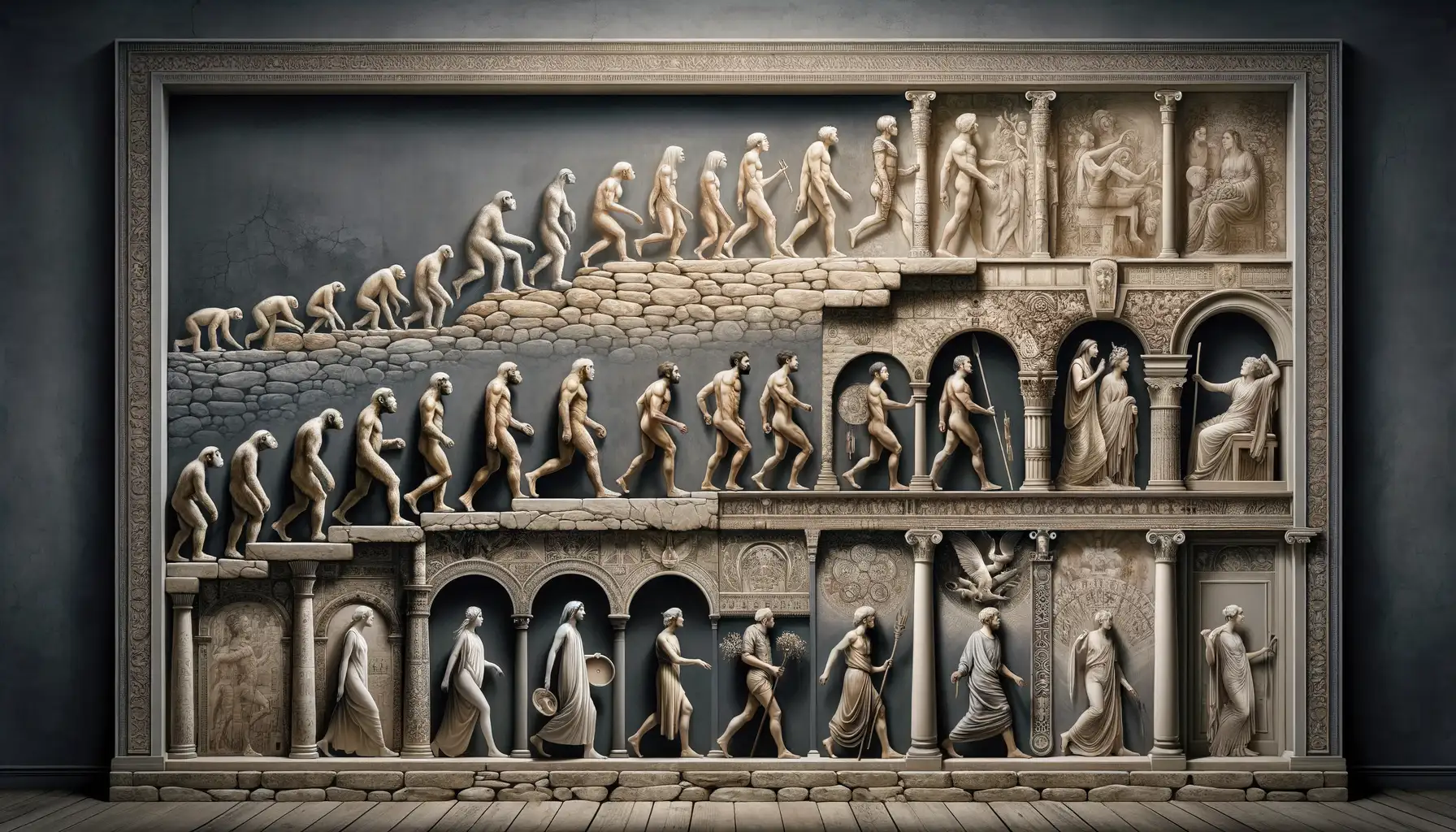
From Rustic Simplicity to Masterful Detail
The journey of coin design has been nothing short of a fascinating metamorphosis. Imagine a humble bronze coin from ancient Greece, bearing the bold yet simple depiction of an owl—a symbol of wisdom. Now fast-forward to a modern coin, shimmering with intricate layers of color and striking high-relief engravings like Canada’s Silver Wolf. The contrast is breathtaking.
Early designs were raw, almost primal, often more about functionality than artistry. But as societies grew more sophisticated, so did their coins. By the Renaissance, coins had become miniature canvases for some of humanity’s greatest artistic minds. Did you know that Leonardo da Vinci himself dabbled in coin engraving? His level of detail and creativity reshaped what people thought was possible in this art form.
- Baroque Era: Dramatic effects, ornate flourishes, and bold animals, like lions and horses, dominated.
- 20th Century: A focus on realism emerged, bringing animals to life with stunning lifelike textures.
Today, coins are a blend of tradition and innovation, with techniques like laser engraving creating breathtakingly precise designs while still honoring ancient symbolism. The result? Coins that tell stories as vividly as any painting or sculpture.
Impact on Collectors and the Numismatic Market

The Emotional Pull of Animal-Themed Coins
When collectors stumble upon a coin adorned with an animal motif, it’s not just about the metal or its rarity—it’s a doorway to another world. These coins hold a certain magic, a nostalgic tug that can transport someone to ancient savannahs, mythical forests, or bustling medieval marketplaces. For many, they aren’t merely coins; they’re miniature artworks pulsating with stories.
Take, for instance, the revered 1994 Rwanda Gorilla 50 Francs. Its intricate design doesn’t just depict a gorilla—it roars with life, sparking conversations about conservation and the grace of wildlife. Pieces like this can turn a casual hobby into an obsession.
- Animal coin series, like Australia’s famous Lunar Gold Coins, have collectors chasing each annual release with bated breath.
- Rare companion pieces, such as the 1936 Buffalo Nickel, ignite bidding wars at auctions—sometimes doubling their starting value!
Collectors know: these coins breathe fresh excitement into the market. While some chase them for investment value, others simply love the primal connection these designs awaken. Are you one of them too?

